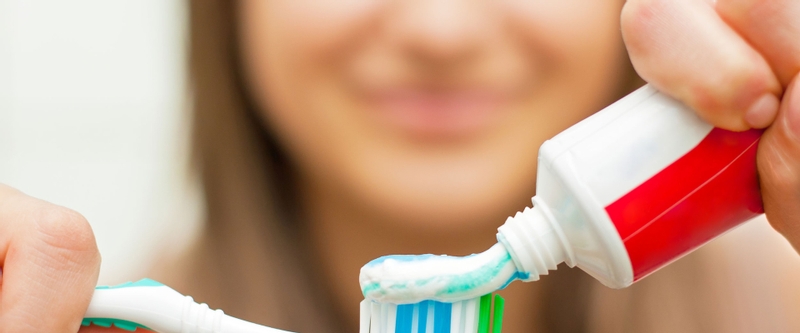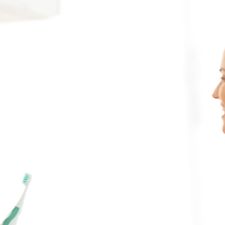If you’ve ever wished you had whiter teeth, chances are you’ve tried one of the whitening toothpastes available at the drugstore. Did you notice any difference in the color of your teeth?
Whitening toothpastes do have an effect, but it’s not very strong. They work best as a maintenance treatment following professional whitening.
How whitening toothpastes work
There are three main methods used by whitening toothpastes, though not all toothpastes use all of these:
- Abrasives: These are small, gritty particles that rub against your teeth and remove surface stains—similar to sandpaper, or the beads in an exfoliating body wash.
- Stain dissolvers: These chemicals bond with certain common staining agents, such as coffee or tobacco residue, and help to remove them.
- Stain maskers: Another strategy is to use chemical dyes that cling to your teeth and make them look whiter. Blue covarine is commonly used for this purpose.
Since all of these treatments target the surface of your teeth, they only provide minimal whitening, at most one or two shades after weeks of consistent use.
Whitening toothpastes versus professional bleaching
The way whitening toothpastes work is fundamentally different from the bleaching agents you’ll receive at the dentist’s office. Toothpastes only target the surface of the teeth, so they are only effective at removing temporary, shallow stains (extrinsic stains). They can’t affect deeper stains or discoloration caused by genetics, antibiotics, or aging (intrinsic stains).
When you get your teeth whitened by a dentist, concentrated bleaching agents are kept in contact with your teeth for an extended period of time. This allows them to penetrate deeply and remove a wider variety of discolorations, both extrinsic and intrinsic. In-office whitening treatments also use a wider range of bleaching agents than those found in toothpastes. As a result, the effects are much more noticeable and last much longer.
What to look for in a whitening toothpaste
Teeth whitening toothpastes are not regulated in the United States, so make sure you always get a toothpaste with the ADA Seal of Acceptance. Other than that, you should use a toothpaste that you enjoy and that doesn’t cause any irritation or side effects.
If you’re willing to do a bit of extra work, consider getting a toothpaste that is only designed for whitening, and use it after you brush your teeth with a regular, cavity-fighting toothpaste. You’ll have to brush your teeth twice in a row, but you’ll also maximize the amount of whitening benefit you get for your effort.
If you’re still not satisfied with the results, then you should consult with your dentist about more powerful teeth-whitening solutions.
Further Reading
- Carey, M.C. et al. (2015). ”Tooth Whitening: What We Now Know.” Journal of Evidence-Based Dental Practice.
- Salinas, T.J. (2016). Does whitening toothpaste actually whiten teeth? Mayo Clinic.
- Sharif, N. et al. (2000). ”The chemical stain removal properties of ‘whitening’ toothpaste products: studies in vitro.” British Dental Journal.




